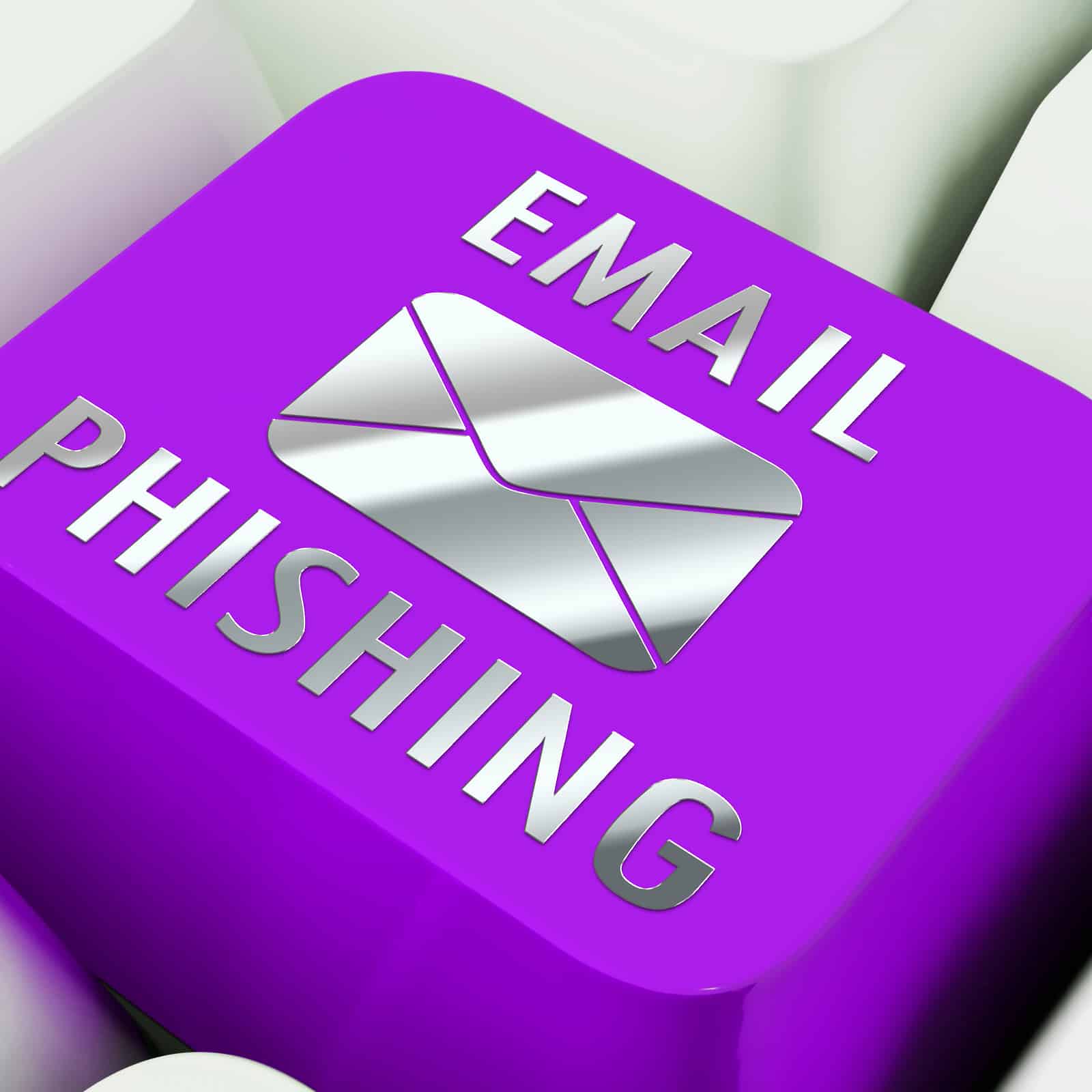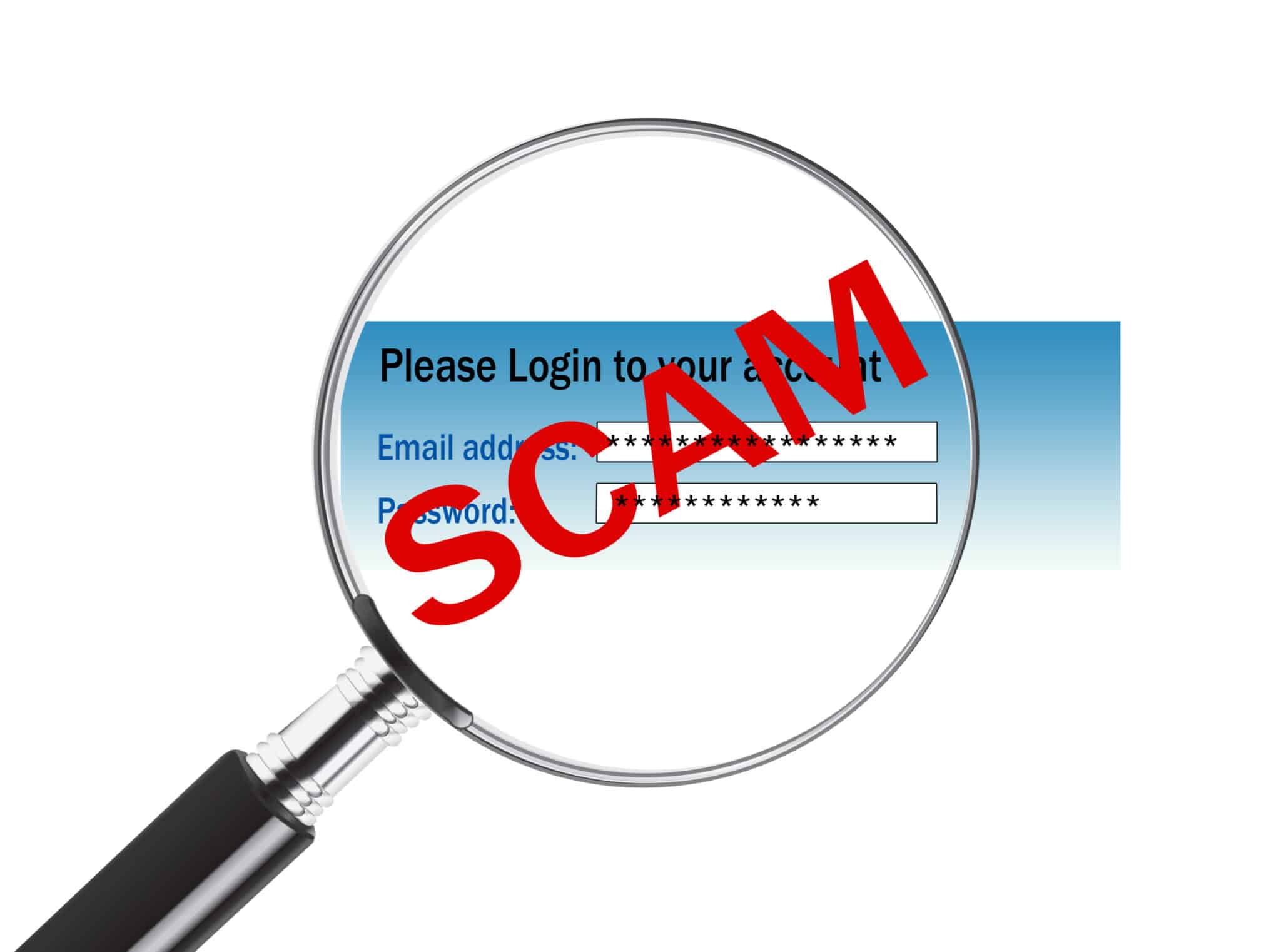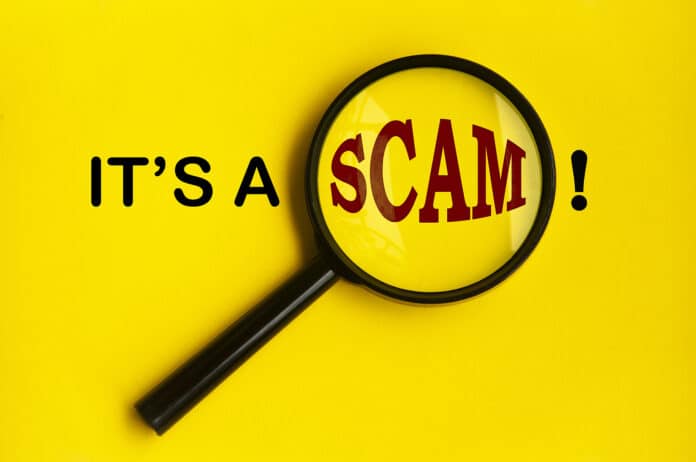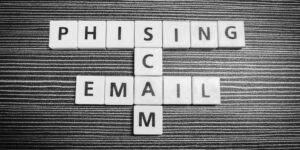Here are some of the best ways how to spot an email scam. Did you know that 96% of all phishing attacks happen via email? Statistics show that 2.94% of employees click on an email with a malicious link. This percentage may not scare you, but it’s considerable, considering that 3.4 billion fraudulent emails are sent daily.
Victims are lured to phishing sites that capture their data which is subsequently used to commit online fraud. In this post, we’ll discuss how to spot an email scam and then borrow some tips from Scammer Payback.
How to Spot an Email Scam
Did you just receive an email from Amazon? With a single email, scammers can steal your personal information. They target the elderly and attempt to steal money by all means. And they often update their tactics to keep up with the latest trends. So, how do you spot a phishing email?

How to Spot an Email Scam
A scammer will use social engineering techniques that make an email look genuine. They could request you to open an attachment, click a link, or provide sensitive information. If you fall into their trap, the results can be devastating. Other signs that someone is trying to scam you via email include:
The domain name is misspelled.
Although every domain name should be unique, there are ways to create an indistinguishable address. For example, a casual reader can mistake a Microsoft online with a domain name that reads microsfrtonline.com. Scammers will try different emails until they find a victim.
BEST TIP How to Spot an Email Scam
Don’t respond to the email or pop up. Call your Bank or Amazon, or Paypal directly from your OWN login. Don’t click the link!

How to Spot an Email Scam
The message is sent from a public email address
Most big companies will never send an email that ends with @gmail.com. If the bit after @ symbol matches the sender, it could be genuine. In contrast, if the address doesn’t affiliate with the sender, it could be a scam.
The email is Poorly Written
Cybercriminals target unsuspecting people. You may not understand the scammer’s end game if you ignore how the message is written. With phishing, a scammer will spam your inbox with thousands of crafted messages. So, why are scammers’ emails poorly written?
Many of them are from poor English-speaking countries. That said, it’s easier to spot a typo made by a scammer and a legitimate sender. In most cases, a scammer uses a translation machine. He can use all the right words but in the wrong context.

How to Spot an Email Scam
The email text may also have grammatical incoherence that an English native speaker wouldn’t make. Is the message consistent with other messages received from this person? Is the email copy pasted or consistent with the previous messages? Contact the sender with another line (phone or website) if in doubt. Look for other hints that can help you make a better judgment.
The message creates a sense of urgency
A scammer will always create something that doesn’t feel right. Well, don’t be in a rush to act. The best practice is to reply to an email with a fresh set of eyes to reveal its true nature. Most scammers will tell you to act now.
For example, Windows, Netflix, and PayPal provide regular services. Any problems could cause inconvenience. Cybercriminals know that we’re likely to stop everything to reply to an urgent email. Once you fall to their nest, the results can be catastrophic if you don’t suspect foul play. It’s better to be safe than sorry.
Suspicious attachments or links
No matter how the scammer delivers an email, there’s always a payload. You might get scam messages, phone calls, or social media posts. This could be an infected attachment or a link that takes you to a bogus website. The purpose of a payload is to capture sensitive information like phone numbers, credit card credentials, account numbers, etc.
If you’re keen enough, the suspicious link address doesn’t match the information with the context of the email. Imagine you receive an email from PayPal. You expect a link that begins with PayPal.com. Scam emails hide their destination, so you may not know where the link takes you. To ensure you’re not a victim of such schemes, you must train yourself to check where the link goes before opening it.
Scammers also lure you into opening infected attachments. The criminals can send you an attachment that contains an invoice. After opening, you realize it was not meant for you, but it’s too late.
Don’t proceed if you receive a pop-up message requesting you to adjust the settings, don’t proceed. You can also contact the sender through an alternative channel and ask them to verify that the attachment is legitimate.
If you receive a phishing email, open a new tab on your browser and go to the organization’s website. Use the phone call listed to confirm that you’re talking to one of their representatives. If the email seems to come from someone you know, contact that person via text message.
Emails request login credentials and payment information
You should proceed cautiously if an email is coming from an unsuspicious sender who requests payment details or login information. Whenever you’re redirected to a login page, you should never key in your details unless the email is legitimate. Go out of the email and go to the official page you would order, like Amazon, Paypal, or the bank site.
Scammer Payback a Must Watch
This YouTube channel helps viewers spot scams. Pierogi talks about his experiences in call centers and gives safety tips. He uses his cyber security expertise to explain different scam types, including Amazon, social security, Microsoft, and Roku. This guy is so smart that he persuades scammers to find legit employment. And because he’s driven by the passion for protecting the vulnerable, Pierogi stalls scammers and deletes their files.

How to Spot an Email Scam
Pierogi also contacts the victims to warn them that they are just about to be scammed. He even advises them on what to do to minimize the damage caused by these cyber criminals. However, the elderly remain the most vulnerable.
Scammer Payback is about educating and preparing the viewers on what to look for if they suspect a scam. These criminals are growing in numbers, so they must be dealt with as they continue to steal details from innocent people. Pierogi appreciate the love and support for his channel. He continues to advise people to protect themselves and educate family members who might not be familiar with such scams.
Check this guy out; he is excellent https://www.youtube.com/c/ScammerPayback
We should give this guy a thumbs up for helping others detect emails that are scams. You can also download his Nomorobo Max app for the best call protection.
Read more – What is Vishing?








